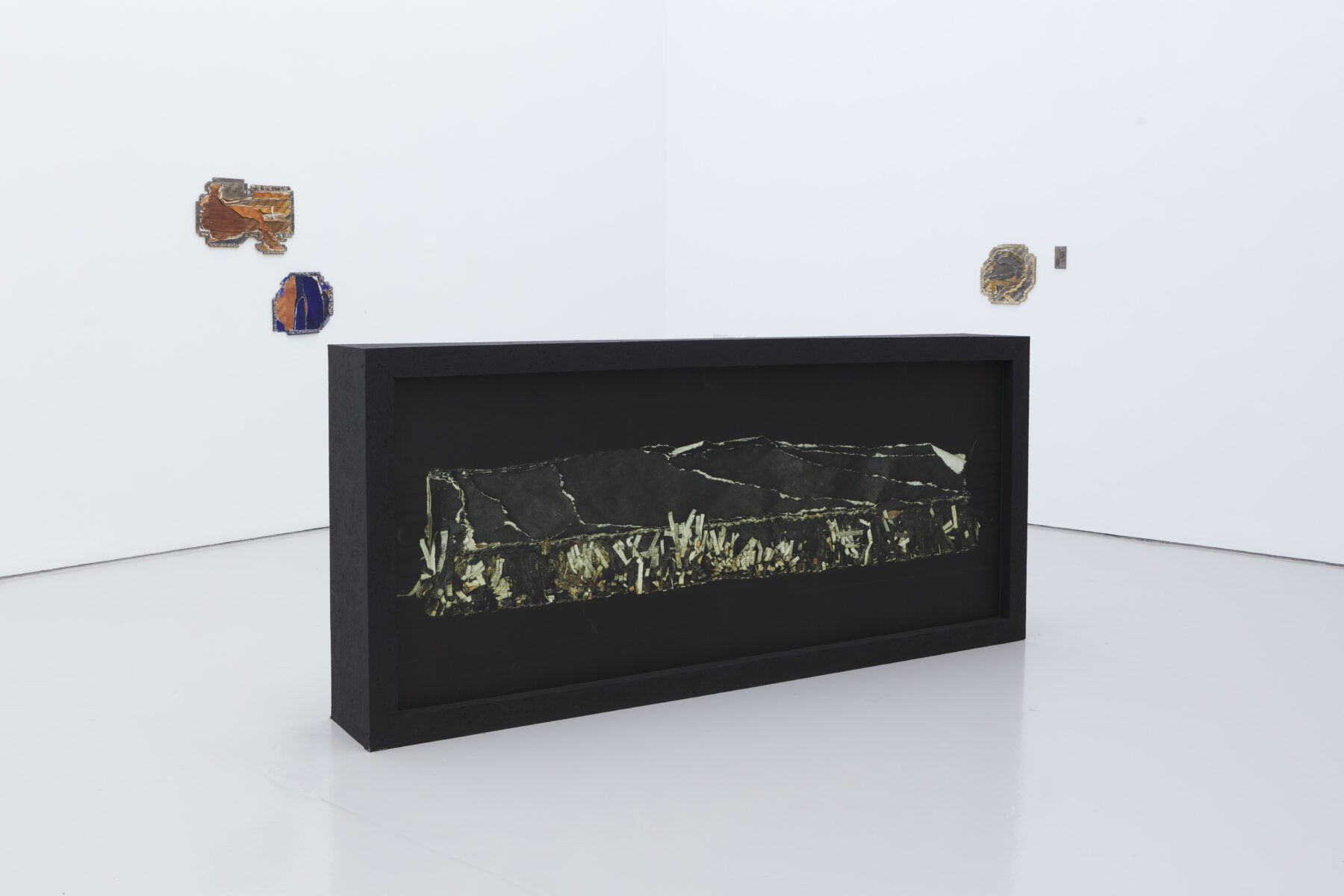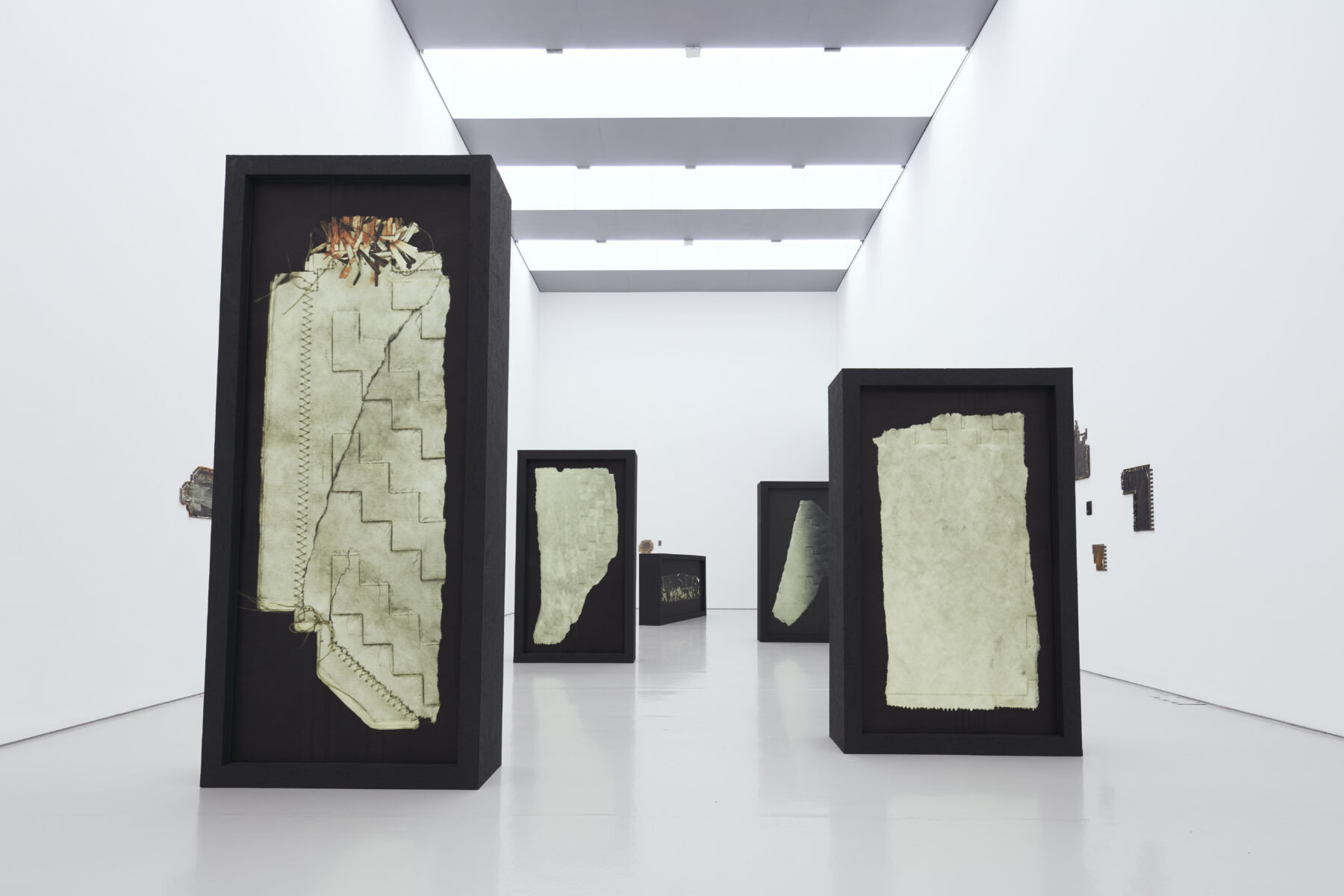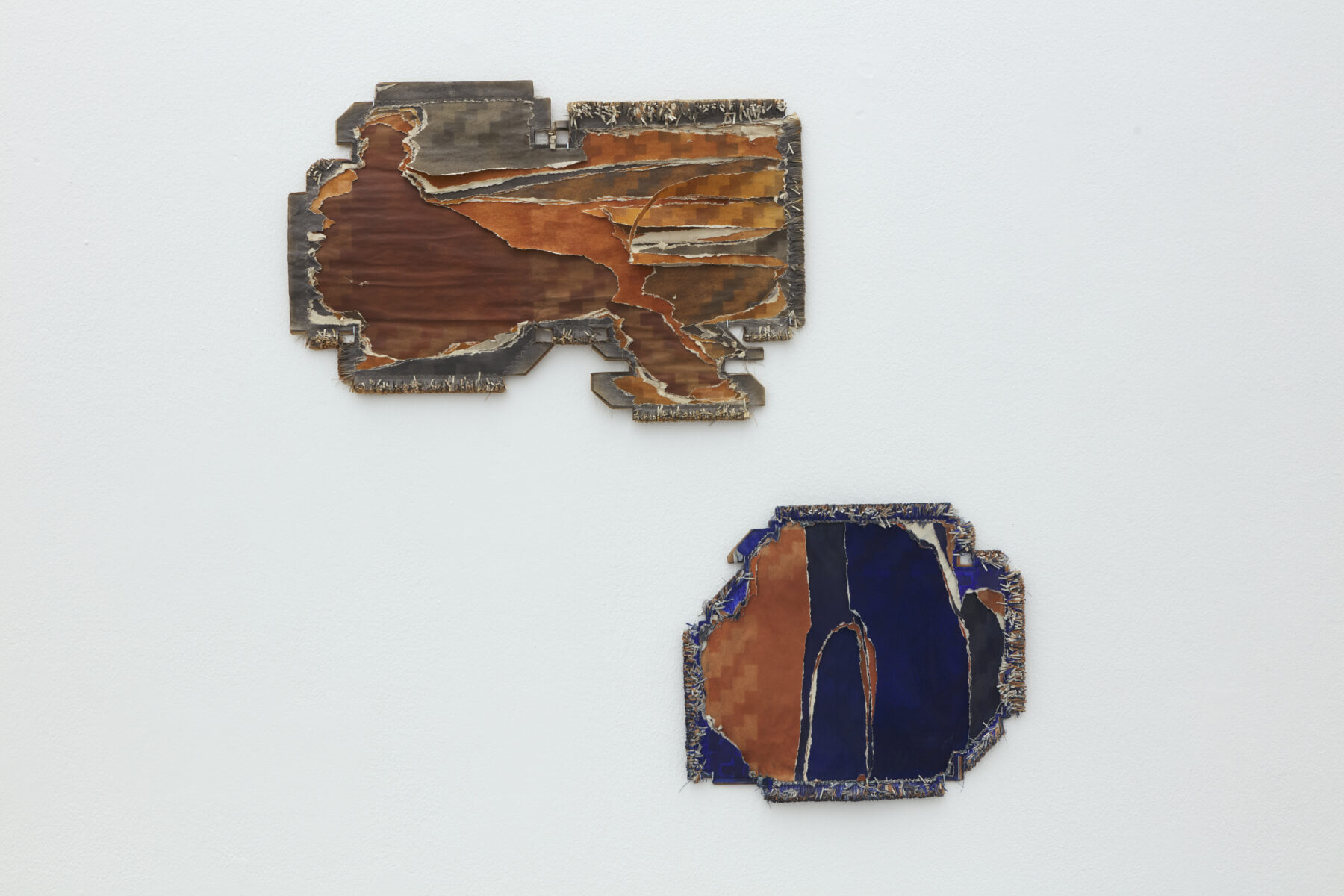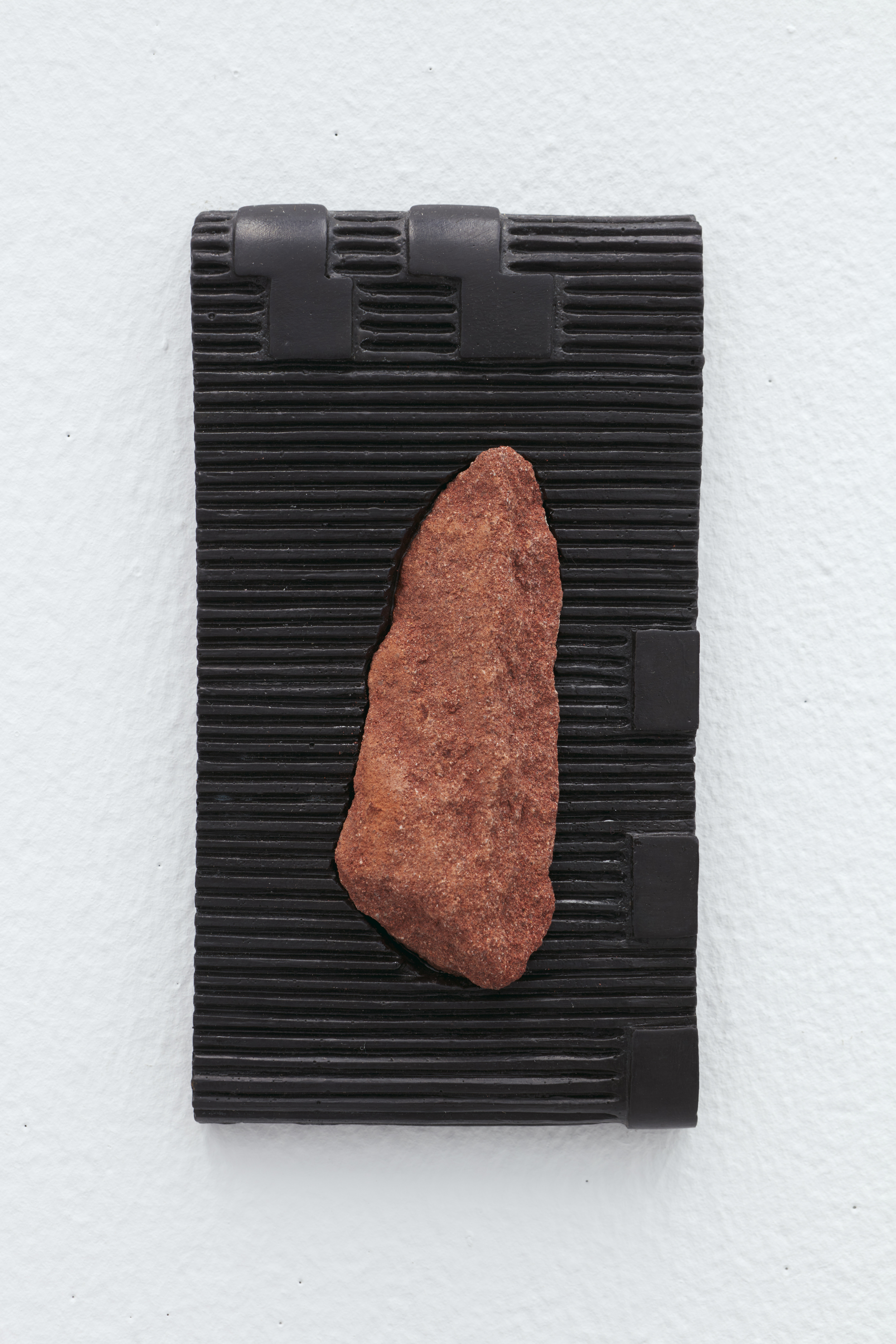The Shock of the Now Issue 50
Featured Exhibition Text
Tanoa Sasraku
'Terratypes' Solo Exhibition
Spike Island
20th July 2022
Last weekend I made a slightly mistimed pilgrimage back to my hometown of Bristol, and had to avoid the annual influx of nautical nuts and weekend revellers at the city’s Harbour Festival in order to catch the fleeting final moments of Tanoa Sasraku‘s solo exhibition at Spike Island. Spike has occupied an important place in my heart since it was Bristol’s premier contemporary arts organisation during my time as a student (after the Arnolfini, Bristol’s International Centre for Contemporary Arts, was forced to close temporarily in 2017 following the sad loss of it’s ACE National Portfolio Organisation status and subsequent funding). Having played host to Lubaina Himid’s historic 'Navigation Charts’, which formed part of the trio of institutional exhibitions that earned the artist her Turner Prize win, and Veronica Ryan’s superb ‘Along a Spectrum’, which saw the artist shortlisted for this year’s Turner, Spike Island recently commissioned Sasraku’s debut institutional solo show, cementing her standing as one of the most exciting emerging artists working today.
Sasraku’s exhibition introduces three interrelated bodies of work, the artist’s earth photos or Terratypes that lend the exhibition its title; her Liths that more than live up to their monolithic moniker; and wall-based bronze sculptures that serve as the show’s essential energy source. In part inspired by the Baghdad Battery - an ancient artefact of the Parthian period that’s constituent parts (ceramic pot, copper tubing and iron rod) are thought to have conducted an early example of electricity - Sasraku’s cast cells house hunks of foraged pigment. Appearing to exist at that intriguing intersection between the organic and the man-made, the archaic and the futuristic, the fictional and the factual, each scored slab acts as a power pack to run the Terratype‘s suggested circuitry.
With their portmanteau parlance coined by the artist in reference to nascent photographic processes such as daguerreotypes, tintypes or ambrotypes and the artwork’s own terrene production techniques, each Terratype records and represents landscapes that have left a lasting impression on Sasraku. Be it Dartmoor, the mythic moorlands that neighbour her native Plymouth; the Isle of Skye, the location of a recent residency; or the Scottish Highlands, her partner’s homeland, Sasraku scours the wilderness for both emotional resonance and physical materials. From Bidford to Brae, Oransay to Torbay, the artist’s palette is populated by foraged pigments, organic ocre and salvaged sandstone sourced from the length and breadth of the British Isles.
Stained sheets of newsprint, each individual imbued with earthy energy, are stacked and stitched together into thick textile constructions, their tasselled edges evoking the Fante Asafo flags, and their abstract embossed ornamentation or geometric silhouettes resembling tartan patterned cloth, electronic circuit boards or craggy rock faces. Lastly, the Terratypes are submerged in the streams, seas or sounds that surround those sentimental sites as part of a baptismal process that involves the gentle yet gestural tearing of shreds and strips from their surface, revealing those lower layers and exposing their ingrained telluric intelligence.
A quartet of muddy-toned Terratypes make up Mire Horse, a fragmented formation founded upon a cubist, pixelated picture of a horse’s head. Coloured by pigment foraged from a fossilised tree and steeped in a moorland mire, with bits of bog still clinging to its carefully cut corners, the artwork is both a witness and a warning to the dark side of the moors. The equine outline readily recalls both the haunting tale of a pony slowly sinking into the fabled Grimpen Mire of Arthur Conan Doyle’s The Hound of the Baskervilles, and Sasraku’s own adolescent encounter with a bog-bound decomposing horse when lost on a misty Dartmoor.
Finally, the artist’s towering Liths rise freestanding from the floor of the gallery space. Totemic Terratype offcuts, shards saved from that aforementioned subaqueous ceremony, are scanned, enlarged and printed onto Kozo paper, the subfusc surface softening their appearance and impeding any detailed investigation. Monumental menhirs, these Liths further nod to the natural landscape that contributes not only to the exhibition’s source material but also to the mediums of the artworks themselves, while also injecting further ritualistic undertones that appeal to our collective cultish captivation with standing stones and sarsen circles.
A quartet of muddy-toned Terratypes make up Mire Horse, a fragmented formation founded upon a cubist, pixelated picture of a horse’s head. Coloured by pigment foraged from a fossilised tree and steeped in a moorland mire, with bits of bog still clinging to its carefully cut corners, the artwork is both a witness and a warning to the dark side of the moors. The equine outline readily recalls both the haunting tale of a pony slowly sinking into the fabled Grimpen Mire of Arthur Conan Doyle’s The Hound of the Baskervilles, and Sasraku’s own adolescent encounter with a bog-bound decomposing horse when lost on a misty Dartmoor.
Finally, the artist’s towering Liths rise freestanding from the floor of the gallery space. Totemic Terratype offcuts, shards saved from that aforementioned subaqueous ceremony, are scanned, enlarged and printed onto Kozo paper, the subfusc surface softening their appearance and impeding any detailed investigation. Monumental menhirs, these Liths further nod to the natural landscape that contributes not only to the exhibition’s source material but also to the mediums of the artworks themselves, while also injecting further ritualistic undertones that appeal to our collective cultish captivation with standing stones and sarsen circles.








